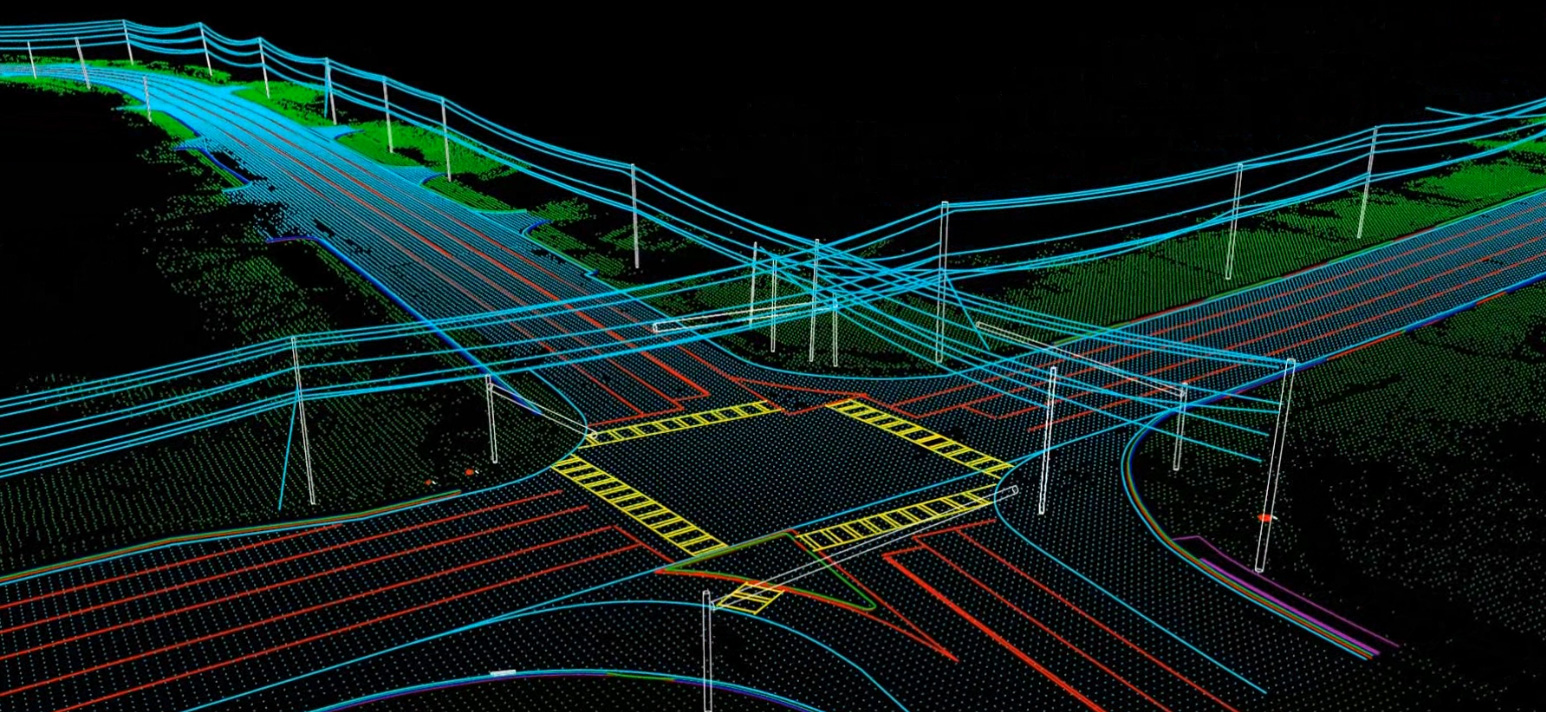Implementation of radar and LiDAR systems is picking up pace in the railway infrastructure. The rising demand for technologies to control train traffic, track train routs, avoid rail collisions, and detect on-track pedestrian will aid the expansion of the radar and LiDAR technology in railway applications market. It is expected to reach a valuation of US$ 1.3 Bn in 2021, finds Future Market Insights (FMI) in a new study.
Radar systems are basically used for the purpose of train traffic control. These systems are connected through computerized safety system for automatic emergency braking of the train when it approaches deadlock end track with unusually high speed. These systems are also fitted in train stations to detect objects on the tracks and prevent serious accidents.
LiDAR systems are used to gather information from surrounding land to plan the most efficient railroad routes, taking into account the terrain and any existing structures or obstacles. The data generated through LiDAR systems during LiDAR surveys and the resulting 3D digital model can be used to analyze current railroad conditions, identify safety risks and plan the construction of new lines and facilities.
To Get a Sample Copy of Report visit@
https://www.futuremarketinsights.com/reports/sample/rep-gb-13225
Key Takeaways: Radar & LiDAR Technology for Railways Application Market
- The global radar & LiDAR technology for railways application market is estimated to register a CAGR of 9.6% during the forecast period of 2021-2031.
- The U.S. has been at the forefront of adopting smart railway solutions. It accounts for over 80% of the North America market
- The rail industry in the U.K. is undergoing a radical transformation exhibiting adoption of smart technologies. Radar & LiDAR technology for railways application market in the U.K. will register over 10% y-o-y growth in 2021
- Driven by government plans for expanding railway infrastructure, China will emerge as a strong market for radar & LiDAR technology for railways application
- The government in India is undertaking various plans to upgrade the aging railway infrastructure, which is expected to drive radar & LiDAR technology for railways application market
COVID-19 Impact Analysis on Radar & LiDAR technology for railways application Market
The COVID-19 pandemic has had a significant impact on nearly all spheres on the global economy. Due to restricted connectivity during the lockdown, supply-chains, exchange and transfer of essential goods and services and distribution of various commodities have been affected.
The pandemic has adversely affected many countries worldwide, resulting into negative impact on the global economy. According to UIC estimates, the passenger and freight revenues could lose up to $125 billion total for both 2020 and 2021
The pandemic has driven most of the affected nations into shutdowns, restricting their commercial and industrial activities. As a result, transportation revenues dropped significantly, therefore, transport workers’ wages were deducted, other transport workers were laid off, and some transport companies closed due to bankruptcy. Resultantly, new investments in railway systems has been impeded.
Increasing Investments in Emerging Regions Driving Growth
Within Asia, Japan was an early adopter of LiDAR technology as it quickly recognized the benefits LiDAR sensors that offered excellent point elevation accuracy and was far less dependent on favorable weather conditions that governed the passive optical sensors.
Australia follows Japan in adoption of airborne LiDAR technology, although the sensor numbers are significantly less. But the size and variety of LiDAR projects is often very large as compared to projects in Japan. This has impelled several leading companies to shift their focus towards emerging nations.
Ask An Analyst@
https://www.futuremarketinsights.com/ask-the-analyst/rep-gb-13225
Who is winning?
The key players in the market for train control and management systems are focusing on the Asian market owing to their immense scope and large customer base.
For instance, Hitachi has been investing in facilitating training centers for its other business domains which could provide the company with greater chances of leveraging the Asian customer base for its train control and management systems offerings.
Some of the leading players operating in the market are Radarxense BV, Radar Vision, Earth Radar Pty Ltd, Bosch Mobility Solutions, Navtech Radar, ELVA-1, DEUTA-WERKE GmbH, Hupac Intermodal, BlackBerry Limited, Leica Geosystems AG, Trimble Inc., RIEGL Laser Measurement Systems GMBH, SICK AG, Quantum Spatial, Velodyne Lidar, YellowScan, Phoenix LiDAR Systems, XenomatiX, and IDS GeoRadar (Hexagon).
Read Related Reports:
https://degentevakana.com/blogs/view/104288
https://ourclass.mn.co/posts/26911770
https://www.dronepilotlari.com/blogs/52340/Green-Technology-And-Sustainability-Market-2022-Key-Players-SWOT-Analysis
https://inobee.com/read-blog/90264
About FMI
Future Market Insights (ESOMAR certified market research organization and a member of Greater New York Chamber of Commerce) provides in-depth insights into governing factors elevating the demand in the market. It discloses opportunities that will favor the market growth in various segments on the basis of Source, Application, Sales Channel and End Use over the next 10-years.
Contact:
Future Market Insights Inc.
Christiana Corporate, 200 Continental Drive,
Suite 401, Newark, Delaware – 19713, USA
T: +1-845-579-5705
Report: https://www.futuremarketinsights.com/reports/radar-and-lidar-technology-for-railways-application-market
For Sales Enquiries: sales@futuremarketinsights.com
Browse latest Market Reports: https://www.futuremarketinsights.com/reports
LinkedIn| Twitter| Blogs
